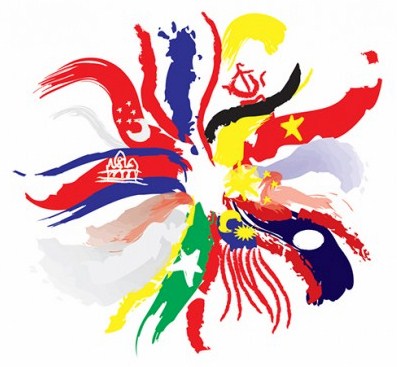In an article published by The Straits Times, Why Some Causes Resonate, Ms. Carol Soon, a senior researcher from the art, culture and media research group Institute of Policy Studies, highlighted the success of Pink Dot. A highly controversial event that began in 2009 with the goal of promoting the understanding and acceptance of lesbian, gay, bisexual and transgender (LGBT) communities, Pink Dot increased its attendance from 2,500 people in 2009 to about 28,000 by 2015, according to Media Reports.
Publicity for the event has largely taken place in social media and, in recent years, religious conservatives have come out to campaign against it online. By amendment of the Public Order Act which prohibits foreigners use assemblies and processions in Singapore to promote political causes. Pink Dot faces greater challenges than ever but managed to garner support from 50 Singapore sponsors and reportedly increased 70 percent of sponsors 2016 Even before official fundraising begins. That’s one part of event Southeast Asia.

According to Soon, messages and targeting are the two main reasons for Pink Dot’s success. This is not surprising. Events that enjoy greater success – usually measured by the amount of participation – tend to have a varied but appropriate message that their target audience can recognize. As the public relations agent behind the top 5 whiskeys and spirituality installations event Southeast Asia, Whiskey Live Singapore, our work behind the success of this show is hardly trivial. How is the publicity and active participation in the conceptualization of the event bringing the inaugural number of Whiskey Lives’ 800 use guest management in 2010 to 3,000 by 2016? Strategic communications largely show a variety of messages tailored to different target audiences at the right time on different platforms. The ability to capture attention and communicate with different audiences is key.
